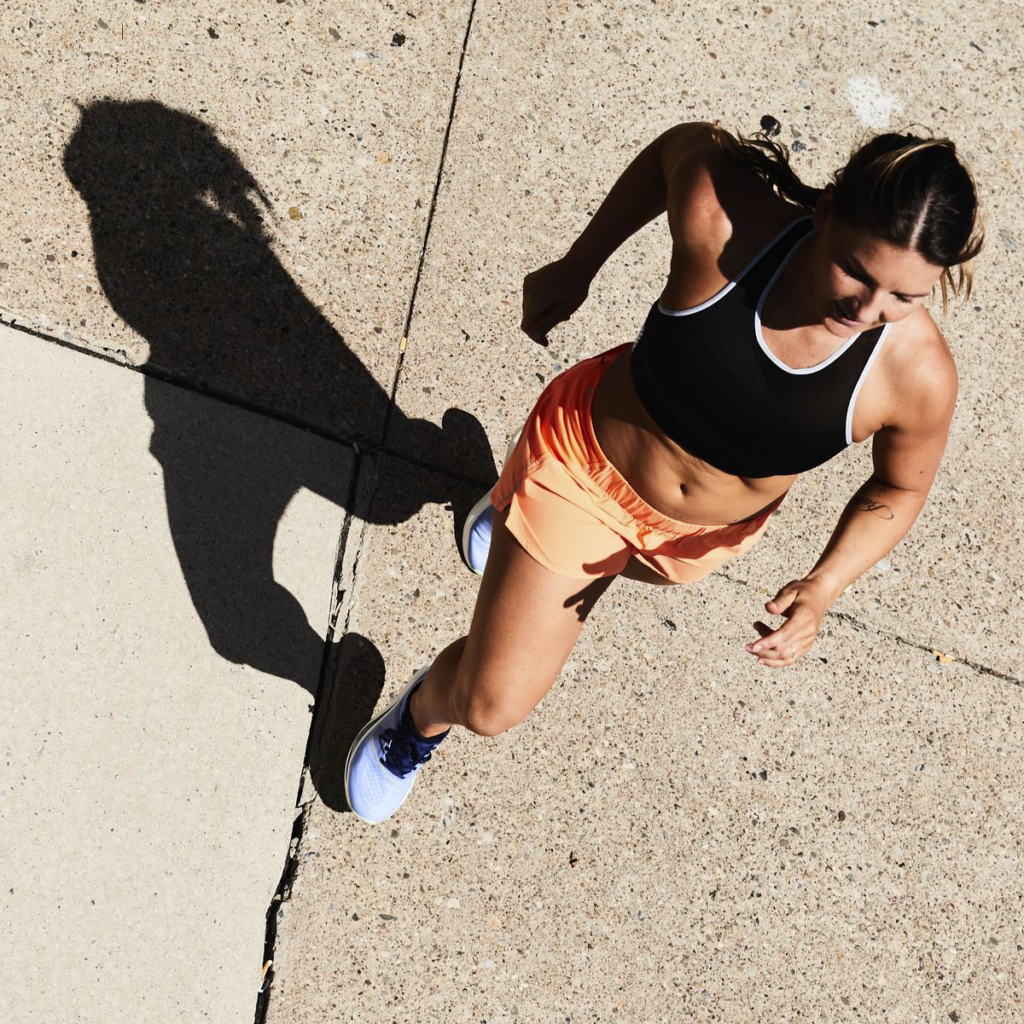When even an easy run feels like a slog, here’s what you can do to bring some bounce back to your legs.

Do you ever have one of those runs where your legs feel heavy and every step forward feels like a grind—and no matter how hard you try to increase your pace, you just feel like you’re stuck in slow?
I have definitely experienced this. In fact, as I gradually get back to consistent kilometerage after the Boston Marathon, “Heavy Legs and Slow Gears” feels like the title to my theme song. It can be frustrating. Sometimes the sluggish feeling can be expected if you’re building your weekly kilometerage, had a tough workout a day or two before, increased your strength training, or even just experienced various life things like lack of sleep or work stress. Other times, a run that feels hard can catch you by total surprise.
But whether you’re prepared for it or not, what can you do about heavy legs on a run?
✔️ Start with a good warmup. This is always a good idea before any kind of workout, but it’s especially helpful if your body feels sore or your legs feel heavy even before you begin your run. A proper warm up will get the blood flowing, loosen up your muscles, and prepare your mind and body for the run. Start with a light jog or a brisk walk for five to 10 minutes to wake up your muscles so you don’t stretch them when they’re cold. Then flow through a few rounds of dynamic stretches, like the world’s greatest stretch, alternating lunges, leg swings, air squats, and good mornings.
✔️ Go by feel. I know this is something you hear a lot, but is it something that you practise? Or do you let the watch dictate your pace, regardless of what your body is telling you? Sometimes the important thing to do on a run—and the most logical—is to slow down. Heavy legs may be a sign that you’re pushing yourself too hard. Plus, slowing down will help promote proper running form, prevent further fatigue, and reduce your risk of injury.
✔️ When the heavy legs hit and you can’t seem to increase your speed, increase your stride instead. Just shorten the length of each step, which means you’ll turn your legs over faster. Increasing your cadence doesn’t mean you’re increasing your pace; it simply means you’re reducing the amount between one downstep to the next. This will also improve your form, increase your efficiency, and decrease your injury risk.
✔️ Stay hydrated. Neglecting hydration will only add to your problems. As we approach the warmer months ahead, start practising smart hydration by carrying a handheld water bottle. For additional sodium and electrolytes, you can add in a sports drink mixture to help fuel your muscles and prevent cramping as your sweat rate increases.
✔️ Focus on your breathing. When you’re feeling fatigued, it’s easy to fall into shallow and inefficient breathing patterns. To avoid this, focus on taking deep, full breaths to help deliver a better flow of oxygen to your muscles, which in turn will help your overall performance.
✔️ Take a break! Never underestimate the power of a rest day. It doesn’t mean you have to sit on the couch: Instead of running through the heaviness and discomfort when your legs feel tired, add in more cross-training, such as walking, hitting the elliptical, cycling, or swimming. If you hit some heaviness mid-run and need to still make it home, you can either reduce your pace and run by effort, or you can implement run/walk intervals as an additional way to mentally get through the remainder of your run while listening to your body.
Here’s how these tips can come together: During the 2021 Chicago Marathon, I can safely say I hit the wall and then some. Everything locked up and felt heavy. I eventually made it to the finish by relaxing my mind, slowing my pace, taking deep breaths, and incorporating walking intervals. It’s not always pretty, but I got it done!